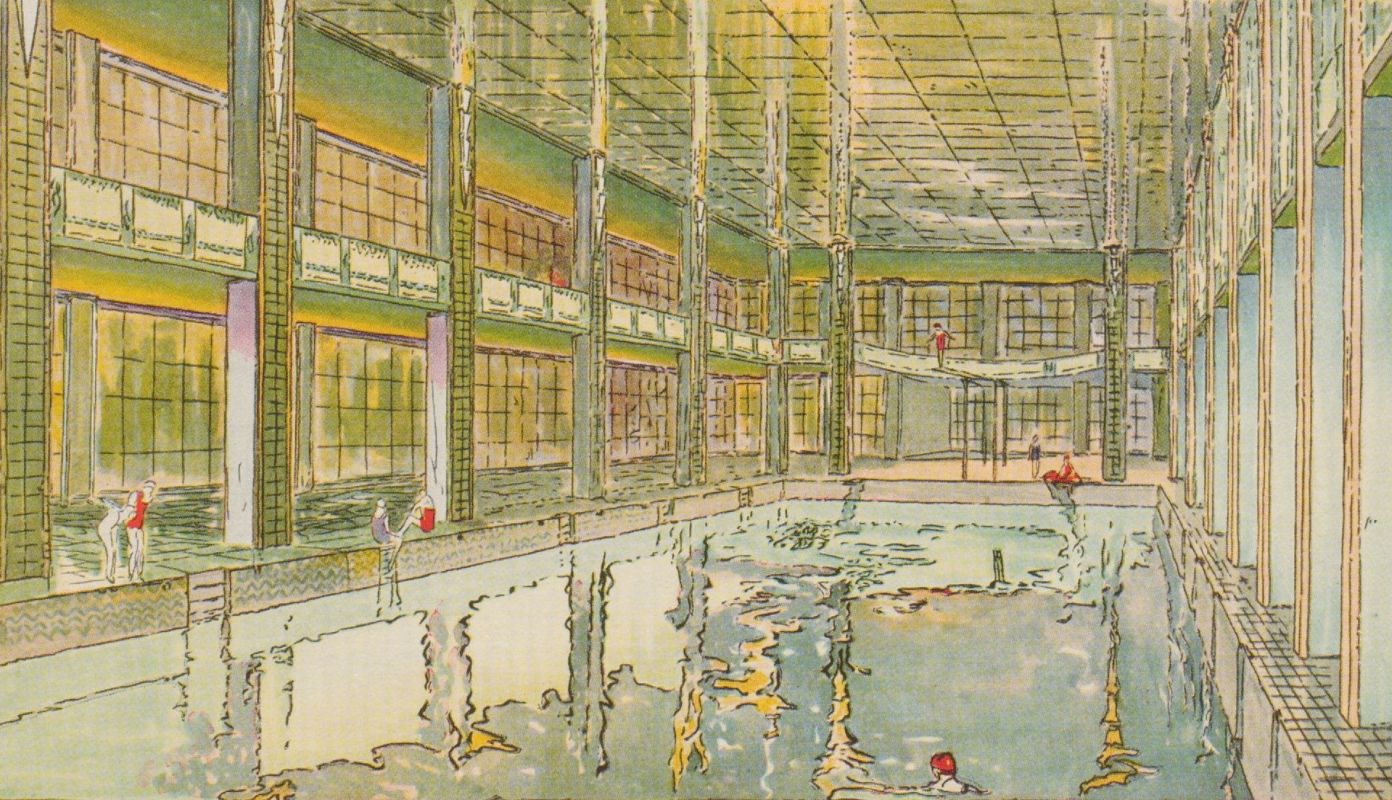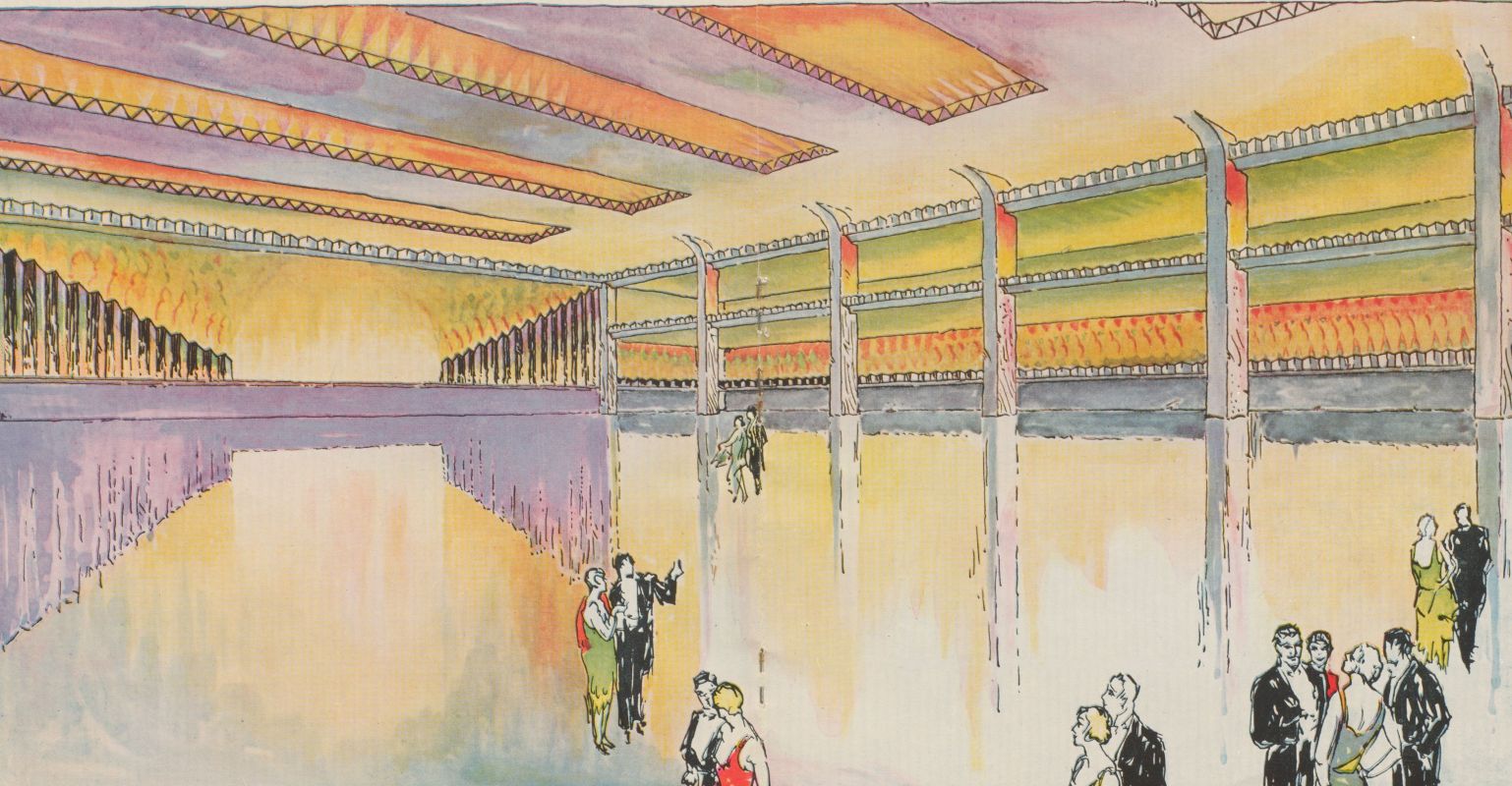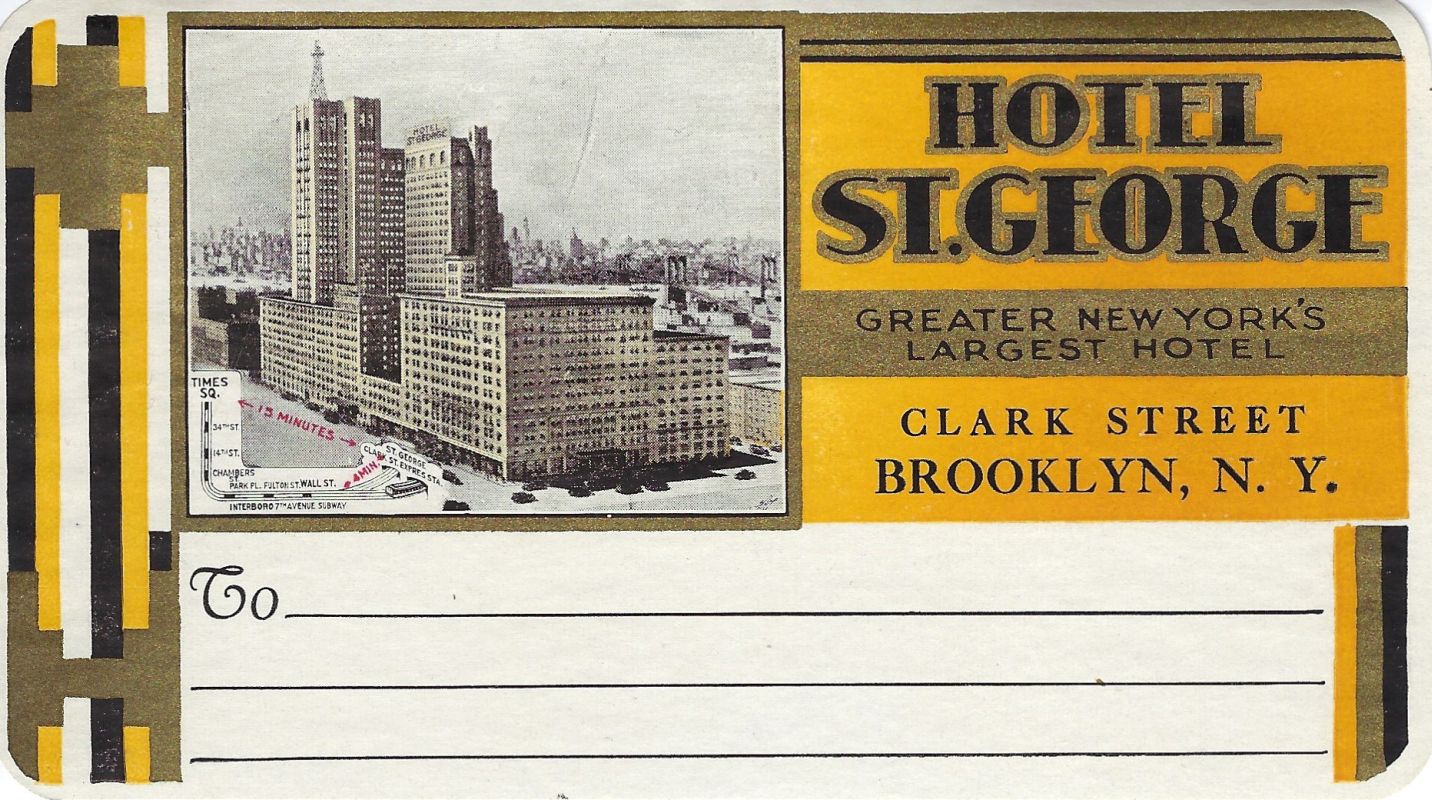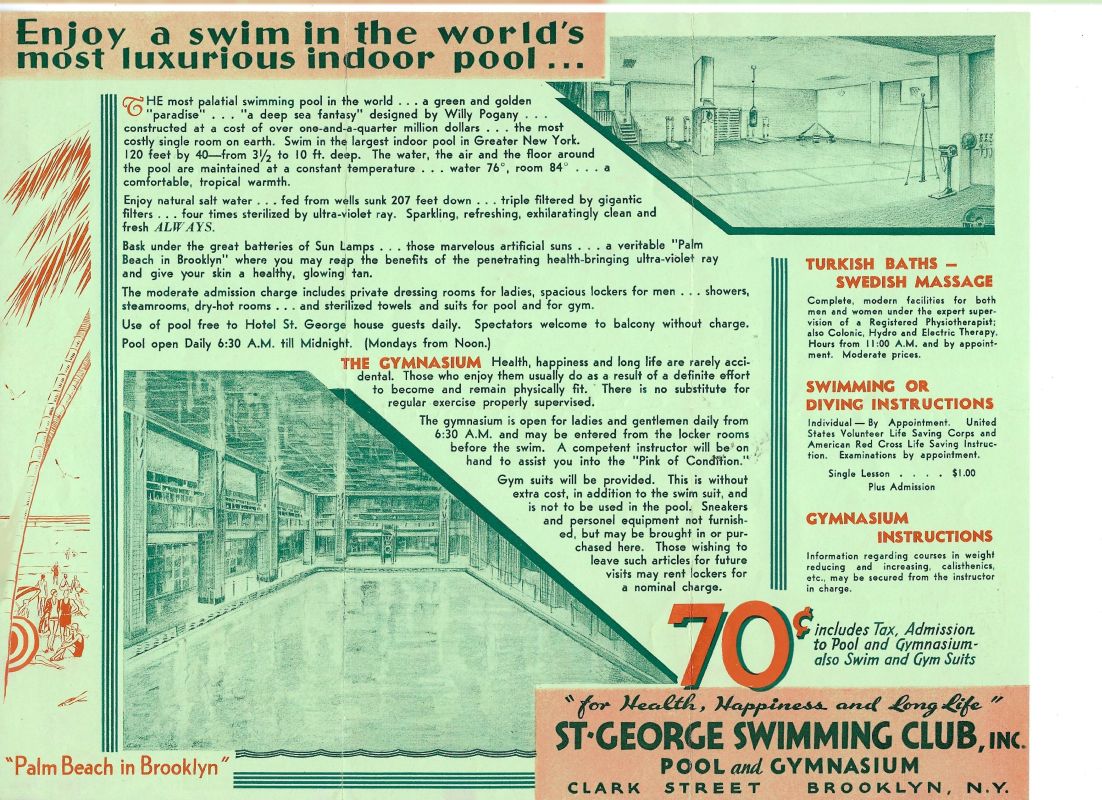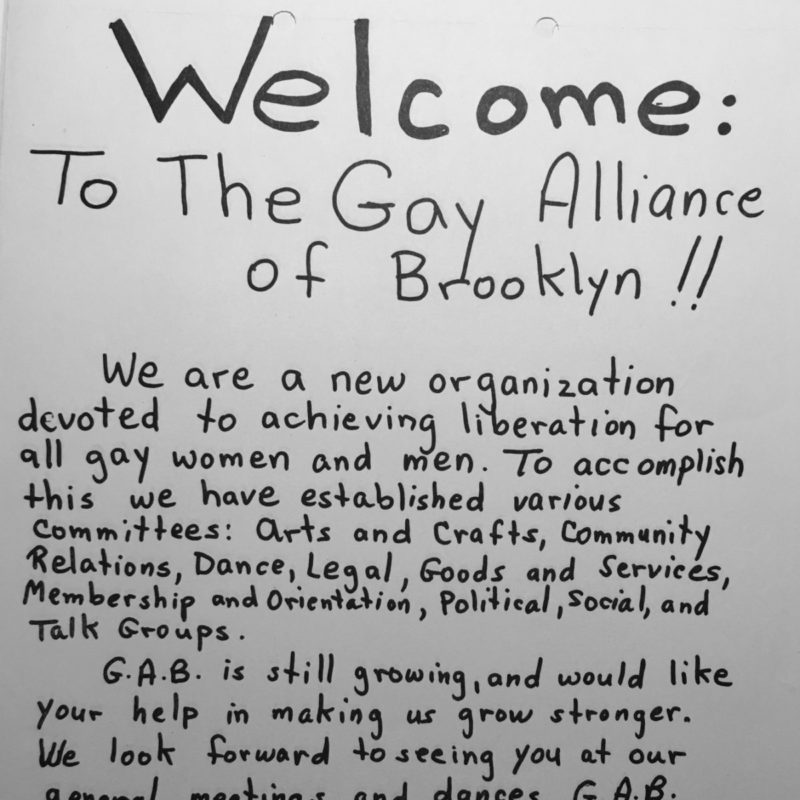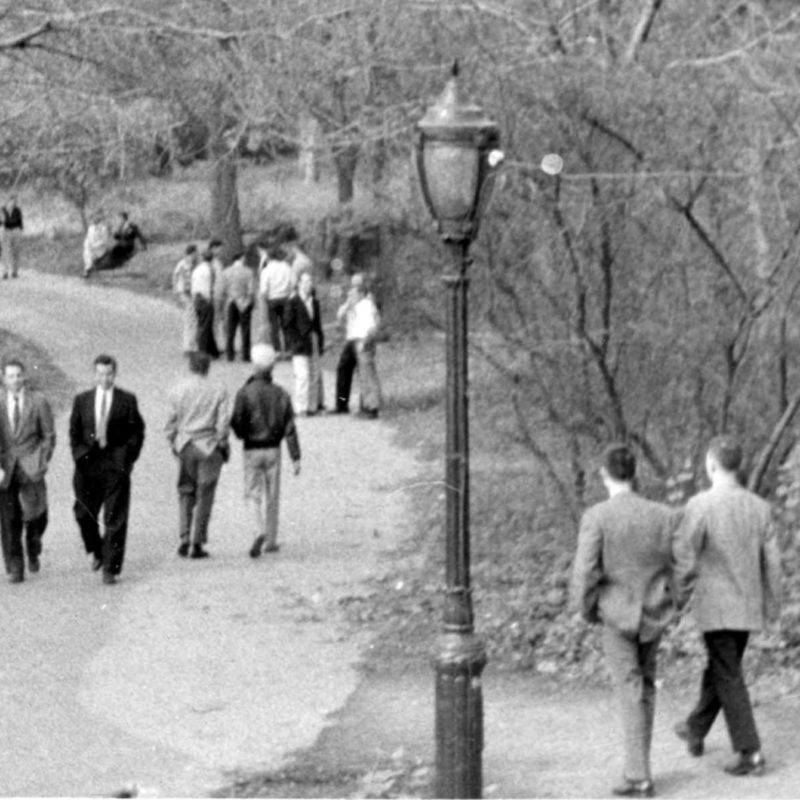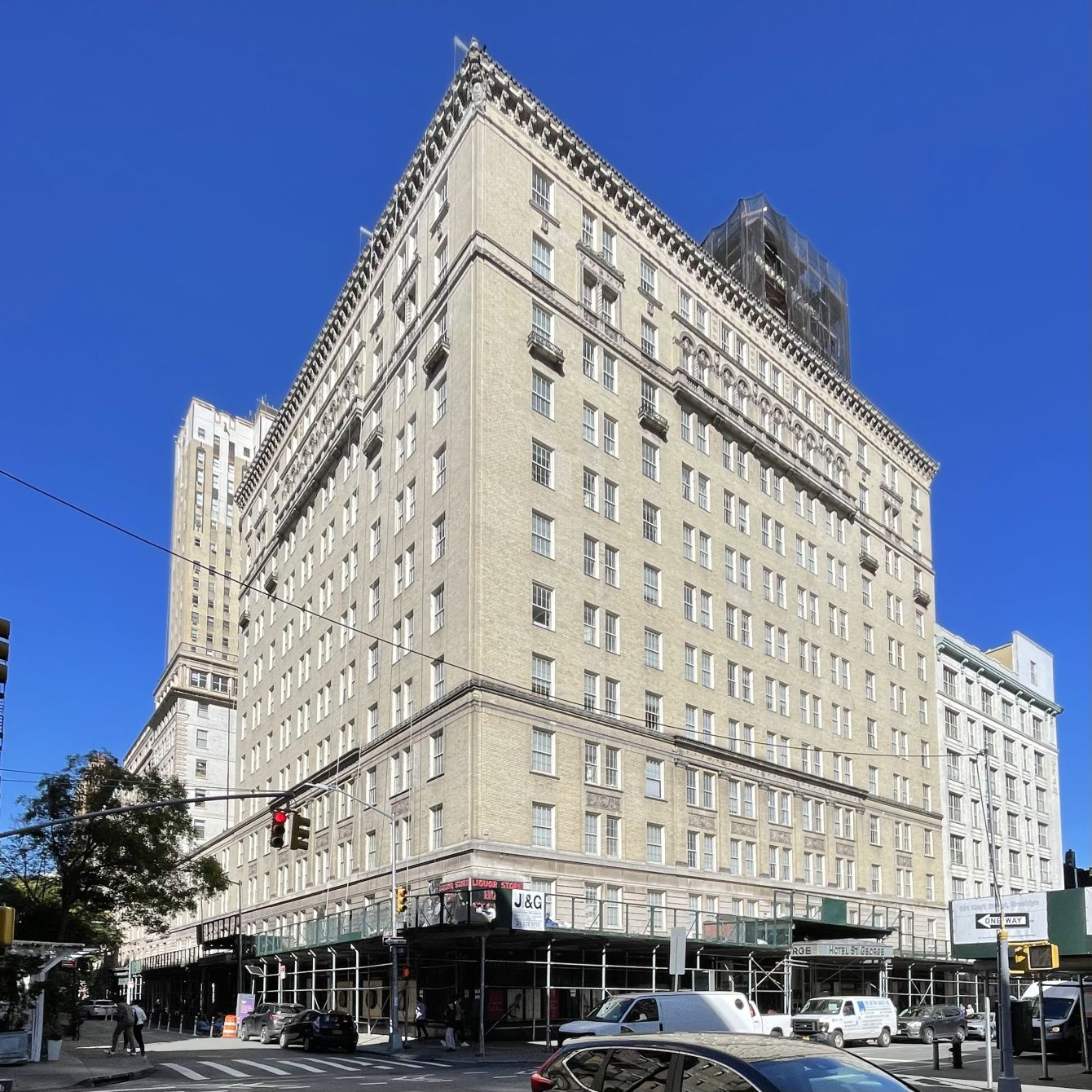
Hotel St. George
overview
From the 1920s through the 1970s, the mammoth Hotel St. George was one of the best known centers of gay male life in Brooklyn.
Famed for its luxurious public spaces and its blind-eye to discreet same-sex relationships, it became a favored cruising ground and residence for gay men, including Hart Crane and Tennessee Williams.
History
Comprised of eight buildings constructed between 1885 and 1930, the St. George was for a time the largest hotel in New York City. According to historian George Chauncey, it was one of the few upscale hotels in the city that “earned a reputation for their willingness to accommodate gay men on a short- or long-term basis.” In the 1920s, both poet Hart Crane and his lover Samuel Loveman resided there for brief periods. Crane also included a sexual encounter in the men’s room of the Clark Street subway station beneath the hotel in “The Tunnel,” section of his long poem The Bridge. In the 1930s, Brooklyn College teacher David McKelvy White began a year-long courtship of a student, the future beat poet Harold Norse, taking him for dinner in the St. George’s restaurant and for swims in the hotel’s opulent salt-water pool, which historian Hugh Ryan has described as “perhaps the most elegant cruising ground in all of Brooklyn’s history.”
By the 1940s, according to one of Chauncey’s sources, the St. George “was almost entirely gay.” Among the many long-term gay residents was playwright Tennessee Williams, who lived at the hotel for several months in 1943. In 1949, Gaedicker’s Sodom-On-Hudson, the first guidebook to gay life in New York, listed the St. George as one of only two recommended sites outside of Manhattan (the other was the beach at Point Lookout). Author Truman Capote frequented the pool and steam room during the years he lived in Brooklyn Heights. Thomas Painter, a major informant for the Kinsey Institute on gay practices, lived at the hotel between 1953 and 1956, writing to Kinsey that despite its outwardly stuffy appearance, “Les fleurs du mal flourish in this hotel.”
In the 1960s and 1970s, gay guides continued to list the St. George, variously recommending the pool and baths, the ground floor bar, ground floor men’s room, lobby, and a lounge, which was renamed “The Godfather Room,” after a scene from the movie was filmed there. In August 1973, the hotel’s grand ballroom was the site of David Magazine’s Mr. and Miss David muscle and drag contests, which stretched over two nights.
In the 1980s, the hotel complex was subdivided into apartments and a single room occupancy residence, which later was converted to housing for people with H.I.V. The complex is currently divided into student housing, co-op apartments, and commercial spaces. The pool was drained and later removed, although some tilework survives in the gym that occupies a portion of the old pool and sauna area.
Gay Games IV
From June 18-25, 1994, sporting events for Gay Games IV took place at 30 venues in the New York metropolitan area. Squash was held, in part, at the Eastern Athletic Club, located at 43 Clark Street in the Hotel St. George, from Sunday to Thursday, June 19-23.
Entry by Gale Harris, project consultant, with additional content by Amanda Davis, project manager (June 2019; last revised July 2024), and made possible by the New York State Council on the Arts with the support of Governor Andrew M. Cuomo and the New York State Legislature.
NOTE: Names above in bold indicate LGBT people.
Building Information
- Architect or Builder: Augustus Hatfield, Montrose W. Morris and others; tower, Emery Roth
- Year Built: 1885, 1890-1923; tower, 1929-30
Sources
Fred Wasserman, “Brooklyn Lesbian and Gay History Exhibition Project Notes, “[Compiled for the Brooklyn Historical Society, 1993-1994].
“Gay Games IV: What, Where and When,” The New York Times, June 17, 1994, C24.
George Chauncey, Gay New York: Gender, Urban Culture and the Making of the Gay Male World, 1890-1940 (New York: Basic Books, 1994).
Hart Crane, The Bridge (1930, rpt. New York: Liveright, 1970).
Hugh Hagius, Swasarnt Nerf’s Gay Guides for 1949: NYC, USA, World (New York: Bibliogay, 2004).
Hugh Ryan, When Brooklyn Was Queer (New York: St Martin’s Press, 2019).
Jacqueline O’Connor, Law and Sexuality in Tennessee Williams’ America (Madison, NJ: Farleigh Dickson University Press, 2016).
John Paul Hudson, “New York Notes,” Advocate, September 13, 1973.
Michael Paller, Gentleman Callers: Tennessee Williams, Homosexuality and Mid-Twentieth Century Broadway Drama (New York: Palgrave Macmillan, 2005).
Scout [Nick Carr], “Searching for the Lost Pool at the Hotel St. George,” Scouting New York, scoutingny.com, March 10, 2014.
Robert Furman, Brooklyn Heights (Charleston, SC: History Press, 2015).
Do you have more information about this site?
This project is enriched by your participation! Do you have your own images of this site? Or a story to share? Would you like to suggest a different historic site?
